-
 bitcoin
bitcoin $122288.232522 USD
0.16% -
 ethereum
ethereum $4480.662914 USD
-0.22% -
 xrp
xrp $2.962747 USD
-2.32% -
 tether
tether $1.000120 USD
-0.05% -
 bnb
bnb $1145.654223 USD
-2.07% -
 solana
solana $227.105217 USD
-1.67% -
 usd-coin
usd-coin $0.999548 USD
-0.02% -
 dogecoin
dogecoin $0.250875 USD
-2.04% -
 tron
tron $0.340654 USD
-0.49% -
 cardano
cardano $0.837968 USD
-2.52% -
 hyperliquid
hyperliquid $48.960449 USD
0.06% -
 chainlink
chainlink $22.049280 USD
-1.33% -
 ethena-usde
ethena-usde $1.000404 USD
0.02% -
 sui
sui $3.586212 USD
0.20% -
 avalanche
avalanche $29.894916 USD
-4.18%
How can I track my NFT portfolio?
Track your NFT portfolio across blockchains with tools like Blur, Gem, or OpenSea to monitor values, floor prices, and performance in real time.
Aug 12, 2025 at 08:43 am
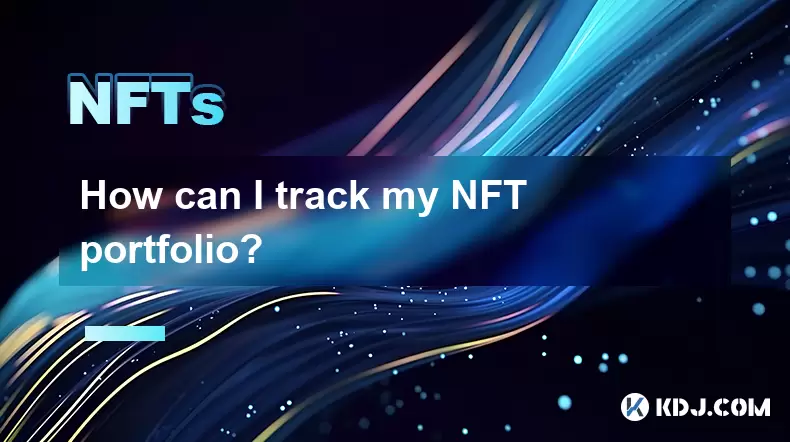
Understanding NFT Portfolio Tracking
Tracking your NFT portfolio is essential for managing digital assets effectively. Unlike traditional investments, NFTs are decentralized and often spread across multiple blockchains and marketplaces. To maintain control and visibility, you need tools that aggregate your holdings from various wallets and networks. The first step is identifying where your NFTs are stored—typically in Ethereum, Solana, Polygon, or other EVM-compatible wallets. Each blockchain uses different standards (e.g., ERC-721, SPL tokens), so tracking requires cross-chain compatibility. Most portfolio trackers support major networks and automatically scan connected wallets for NFTs.
Selecting the Right NFT Portfolio Tracker
Several platforms specialize in NFT portfolio management. Among the most reliable are Blur, Gem, OpenSea, Zerion, and Banana Gun. Each offers unique features:
- Blur excels in real-time floor price updates and advanced trading analytics, ideal for active traders.
- Gem provides fast cross-marketplace listings and wallet aggregation with strong search functionality.
- OpenSea offers a built-in portfolio tracker with marketplace integration and historical price charts.
- Zerion supports DeFi and NFT management in one interface, with visual dashboards.
- Banana Gun focuses on rarity scoring and collection insights.
Choose a platform based on your needs: trading frequency, multi-chain support, rarity analysis, or simplicity. Ensure the tracker supports the blockchains where your NFTs reside and allows secure wallet connection via MetaMask, Phantom, WalletConnect, or similar.
Connecting Your Wallet to a Tracker
To begin tracking, connect your cryptocurrency wallet to the chosen platform. This process is secure and non-custodial—your private keys remain with you. Follow these steps:
- Navigate to the portfolio tracker’s website (e.g., blur.io or gem.xyz).
- Click the “Connect Wallet” button, usually in the top-right corner.
- Select your wallet provider (e.g., MetaMask for Ethereum, Phantom for Solana).
- Approve the connection request in your wallet extension or app.
- Confirm network permissions if prompted.
Once connected, the platform scans your wallet address across supported blockchains. Within seconds, your NFTs appear in a categorized list. Some trackers allow adding multiple wallets. To do so:
- Locate the “Add Wallet” or “Manage Wallets” option.
- Repeat the connection process with a different wallet address.
- Grant read access as needed.
Ensure you only connect to official websites to avoid phishing attacks. Always verify URLs and look for HTTPS and verified social media links.
Monitoring NFT Values and Floor Prices
Accurate valuation is critical for assessing portfolio health. Most trackers display real-time floor prices, which represent the lowest current listing price for a given NFT collection. This metric helps determine minimum market value. Platforms like Blur update floor prices every few seconds, while others may refresh less frequently.
To view valuation details:
- Open your portfolio dashboard.
- Locate a specific NFT collection (e.g., Bored Ape Yacht Club).
- Check the displayed floor price in ETH, SOL, or USD.
- Review 24-hour volume and ownership count for market context.
Some tools offer price alerts. To set one:
- Click the bell or notification icon next to a collection.
- Enter a target price (e.g., floor drops below 4.5 ETH).
- Confirm your alert preferences (email, in-app, etc.).
Valuations rely on marketplace data from OpenSea, Magic Eden, and LooksRare. Discrepancies may occur if listings are stale or on unsupported platforms. Always cross-reference with direct marketplace checks.
Tracking Performance and Historical Data
Beyond current value, understanding historical performance helps inform decisions. Portfolio trackers often include time-based charts showing value fluctuations. To access this data:
- Navigate to the “Portfolio” or “Analytics” tab.
- Select a time range (7 days, 30 days, all time).
- Observe the graph depicting total portfolio value in USD or native cryptocurrency.
Some platforms break down performance by collection. You can see which NFTs have appreciated or depreciated. For deeper insights:
- Click on an individual collection.
- View mint date, acquisition cost (if manually entered), and current estimated value.
- Check transaction history linked to that NFT.
Advanced tools like NFTBank or Upshot offer API-based analytics with depreciation models and rarity-weighted valuations. These require manual input or integration but provide professional-grade reporting.
Exporting and Backing Up Your Portfolio Data
Maintaining backups ensures you retain access to portfolio records even if a platform changes. Most trackers allow data export in CSV or JSON formats. To export:
- Go to the “Settings” or “Portfolio Export” section.
- Choose the format (CSV recommended for spreadsheets).
- Select time range and collections to include.
- Click “Download” and save the file securely.
Store the file in encrypted cloud storage or offline drives. You can also take periodic screenshots of your dashboard for visual records. For tax purposes, note acquisition dates, transfer events, and sale prices. Some platforms integrate with Koinly or TokenTax for automated tax reporting.
Frequently Asked Questions
Can I track NFTs stored in cold wallets?Yes. As long as the cold wallet’s public address is connected to a tracker, NFTs will appear. The tracker reads blockchain data, not the device itself. Ensure the address is correct and belongs to a supported network.
Do portfolio trackers show NFTs from private sales or off-market listings?No. Trackers only display NFTs based on on-chain ownership and active marketplace listings. Privately negotiated sales not listed publicly won’t show price data until listed. Ownership is visible, but valuation may be missing.
Is it safe to connect multiple wallets to an NFT tracker?Yes, if using reputable platforms. Connection is read-only and does not grant spending rights. Avoid entering seed phrases or connecting to suspicious sites. Use wallet security features like wallet guard or address freezing when possible.
Why are some of my NFTs missing from the tracker?This may happen if the NFT is on an unsupported blockchain or uses a non-standard token contract. Verify the tracker supports the network (e.g., Arbitrum, Avalanche). Try re-syncing the wallet or manually inputting the contract address if the option exists.
Disclaimer:info@kdj.com
The information provided is not trading advice. kdj.com does not assume any responsibility for any investments made based on the information provided in this article. Cryptocurrencies are highly volatile and it is highly recommended that you invest with caution after thorough research!
If you believe that the content used on this website infringes your copyright, please contact us immediately (info@kdj.com) and we will delete it promptly.
- BlockDAG, DOGE, HYPE Sponsorship: Crypto Trends Shaping 2025
- 2025-10-01 00:25:13
- Deutsche Börse and Circle: A StableCoin Adoption Powerhouse in Europe
- 2025-10-01 00:25:13
- BlockDAG's Presale Buzz: Is It the Crypto to Watch in October 2025?
- 2025-10-01 00:30:13
- Bitcoin, Crypto, and IQ: When Genius Meets Digital Gold?
- 2025-10-01 00:30:13
- Stablecoins, American Innovation, and Wallet Tokens: The Next Frontier
- 2025-10-01 00:35:12
- NBU, Coins, and Crypto in Ukraine: A New Yorker's Take
- 2025-10-01 00:45:14
Related knowledge
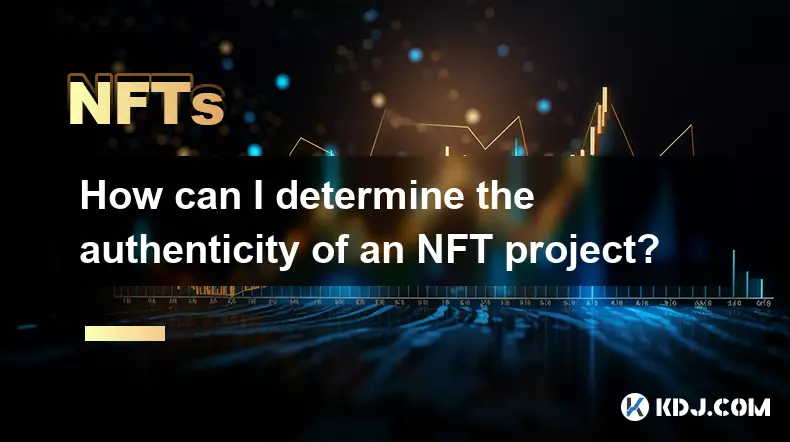
How can I determine the authenticity of an NFT project?
Sep 23,2025 at 05:18pm
Understanding the Project Team and Their Background1. Research the identities of the team members behind the NFT project. Verified social media profil...
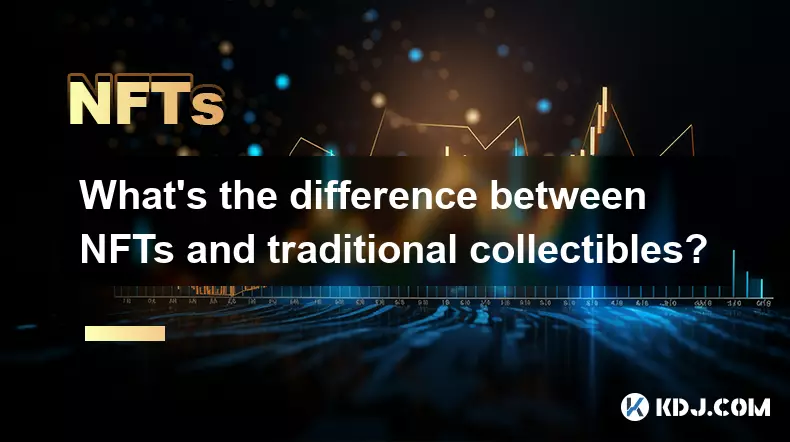
What's the difference between NFTs and traditional collectibles?
Sep 19,2025 at 12:55pm
Digital Ownership and Provenance1. NFTs are built on blockchain technology, which ensures transparent and immutable records of ownership. Every transa...
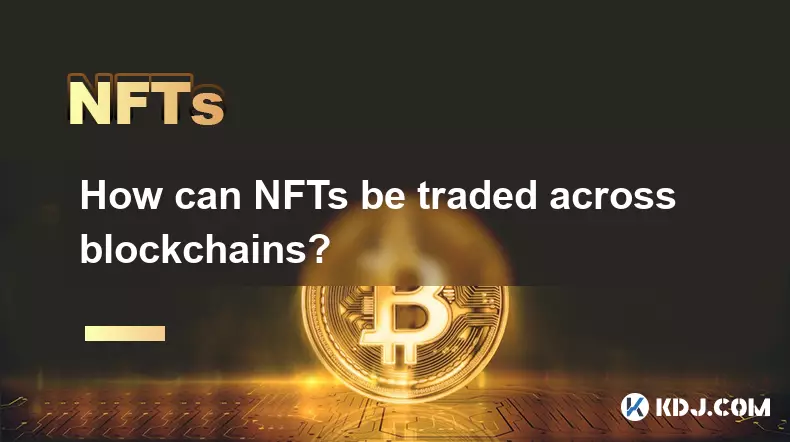
How can NFTs be traded across blockchains?
Sep 19,2025 at 12:00pm
Understanding Cross-Chain NFT Trading1. Non-fungible tokens (NFTs) are digital assets that represent ownership of unique items on a blockchain. Origin...
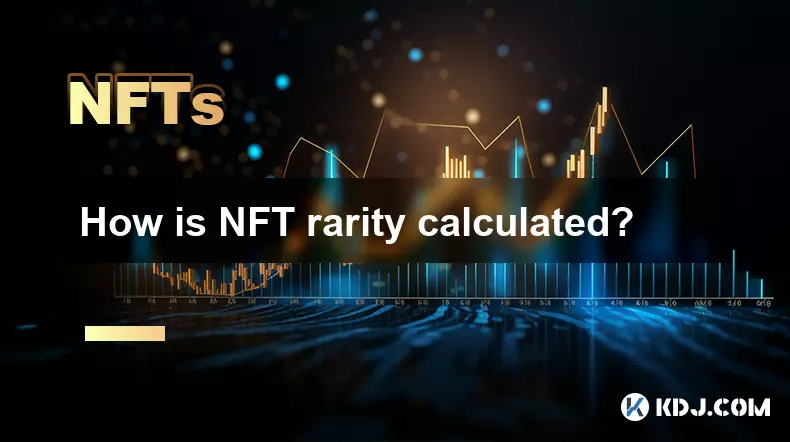
How is NFT rarity calculated?
Sep 18,2025 at 07:54pm
Understanding NFT Rarity Metrics1. NFT rarity is determined by analyzing the uniqueness of individual traits within a collection. Each NFT typically c...
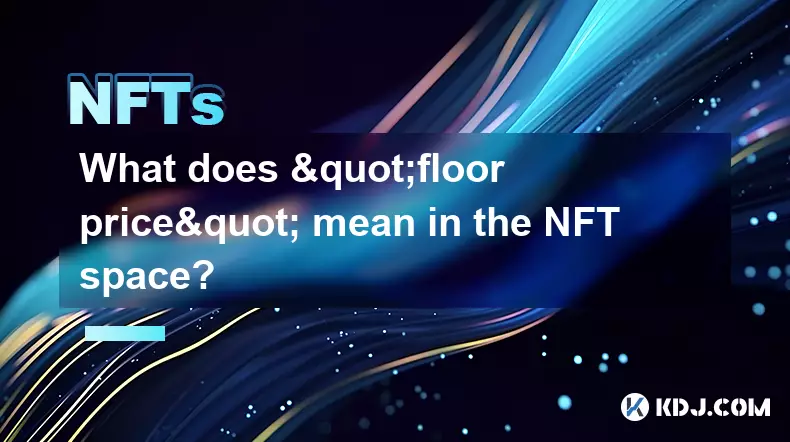
What does "floor price" mean in the NFT space?
Sep 22,2025 at 06:36am
Floor Price: A Core Metric in the NFT Marketplace1. The term floor price refers to the lowest current asking price for any item within a specific NFT ...

How do NFTs help content creators?
Sep 18,2025 at 08:00am
NFTs Empower Creators with Ownership and Monetization1. NFTs provide content creators with verifiable ownership of their digital works, ensuring authe...

How can I determine the authenticity of an NFT project?
Sep 23,2025 at 05:18pm
Understanding the Project Team and Their Background1. Research the identities of the team members behind the NFT project. Verified social media profil...

What's the difference between NFTs and traditional collectibles?
Sep 19,2025 at 12:55pm
Digital Ownership and Provenance1. NFTs are built on blockchain technology, which ensures transparent and immutable records of ownership. Every transa...

How can NFTs be traded across blockchains?
Sep 19,2025 at 12:00pm
Understanding Cross-Chain NFT Trading1. Non-fungible tokens (NFTs) are digital assets that represent ownership of unique items on a blockchain. Origin...

How is NFT rarity calculated?
Sep 18,2025 at 07:54pm
Understanding NFT Rarity Metrics1. NFT rarity is determined by analyzing the uniqueness of individual traits within a collection. Each NFT typically c...

What does "floor price" mean in the NFT space?
Sep 22,2025 at 06:36am
Floor Price: A Core Metric in the NFT Marketplace1. The term floor price refers to the lowest current asking price for any item within a specific NFT ...

How do NFTs help content creators?
Sep 18,2025 at 08:00am
NFTs Empower Creators with Ownership and Monetization1. NFTs provide content creators with verifiable ownership of their digital works, ensuring authe...
See all articles










































































